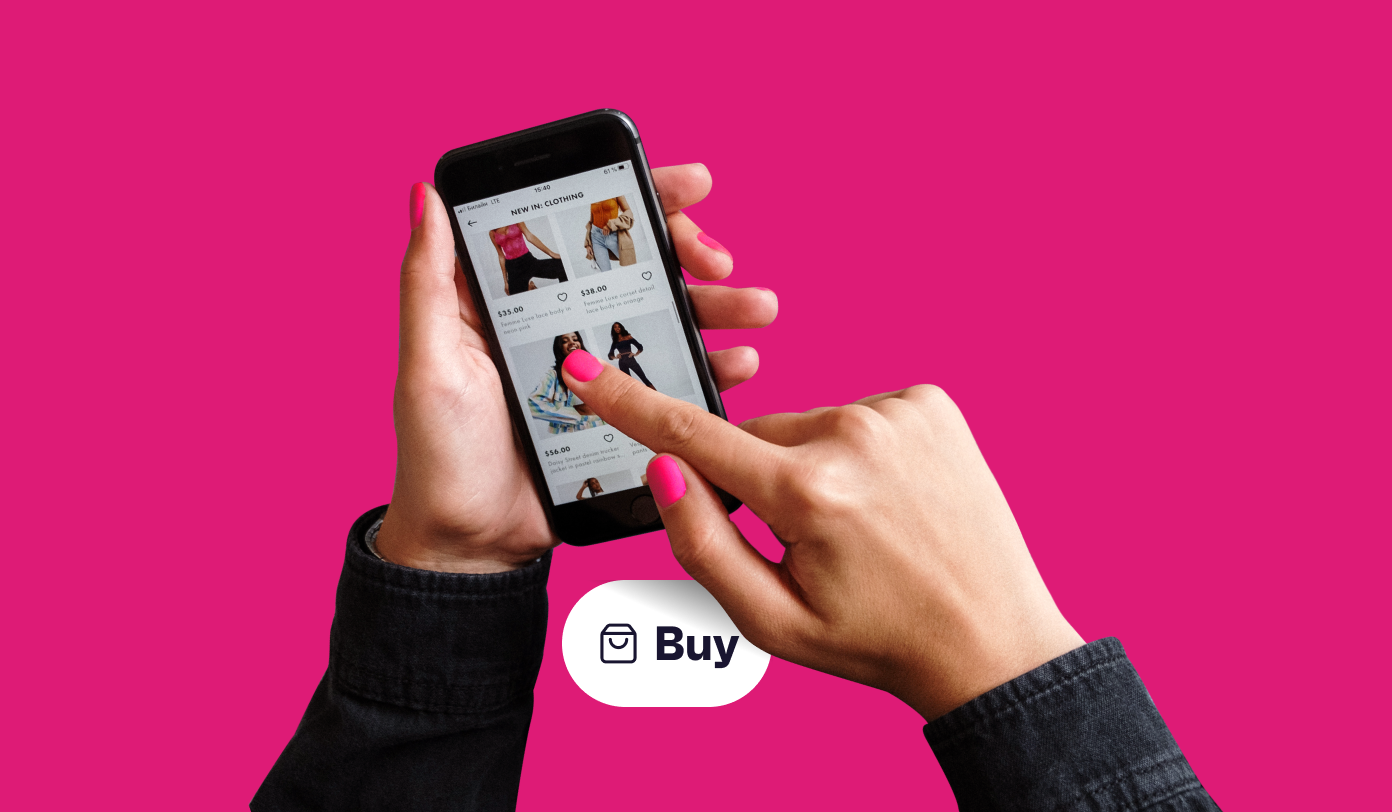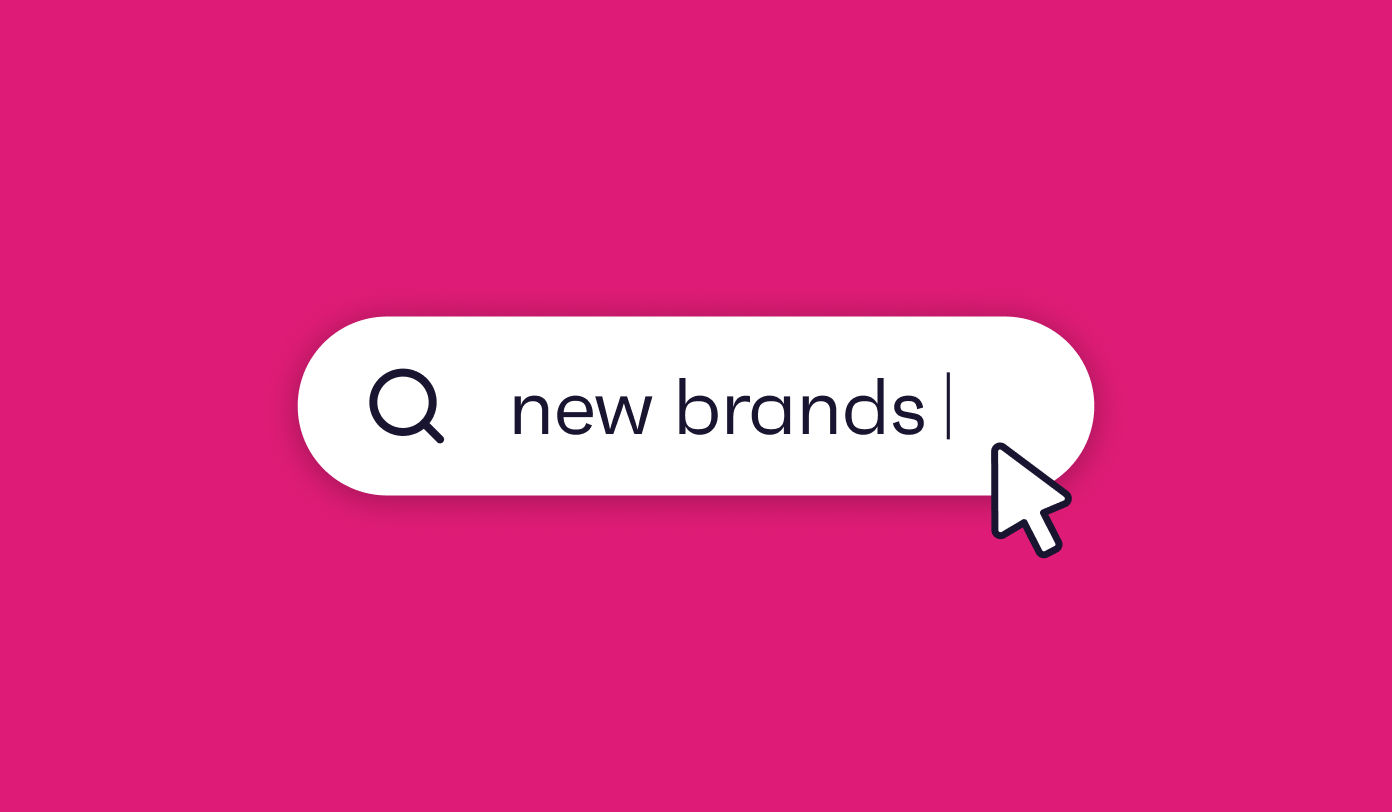Brands innovate and invent new concepts for many reasons: to stay relevant, raise awareness, increase their market share, or boost their bottom line.
Some brands champion innovation in their culture. It’s common for brands to use a whole plethora of tactics to engage their employees to think about what the next big thing might be.
But launching any new concept almost always requires a certain level of investment, and, if the concept fails, the gain doesn’t justify the risk.
To really understand if your concept will work – to design a concept successfully – you need to have a means of testing it first.
Brands need assurance that the concepts they’ve envisaged – whether it’s an advertising campaign, a new product, or service – match the needs of their target consumers before making the leap into the market.
Using custom survey data and implicit testing to get indications and cues from real people helps brands seize opportunities in the market – before others do.
Ideas versus concepts
Think of an idea as just the starting point, and picture a concept as a fully-fledged idea.
For example, concepts have names, there may be various versions, and if it’s a product or a service, there may be pricing.
Concepts describe the main benefit in detail, clearly outlining the reasons why they will be a success.
Concept testing
Concept testing is an exploration of consumers’ perceptions, wants and needs that may be associated with a new campaign, product, or service.
Testing pre-launch is the validation brands need to prove their ideas hold potential.
Custom data is crucial in this equation. It helps brands test ideas, whittle them down, and develop the most promising ones into data-driven concepts.
The process pays for itself, because informed brands have an edge – a unique ability to launch the most effective concepts.
Developing ideas into winning concepts
Data-driven concepts are what the market wants and needs.
Here’s how to progress from a multitude of ideas to a few, solid concepts, integrating insight into every stage of the process.
1. Size your market opportunity
Chances are, you will have already used data to scope the market and develop a list of prime opportunities – unmet, or identified needs, where your brand can develop its strategic advantage.
Custom research is often the missing piece that helps brands dig even deeper.
It’s deep enough to understand trends in niche spaces, due to the ability to recontact specific audiences.
Integrating custom research at this early stage enables you to identify size of your market and pinpoint growing trends which may have a critical impact on future demand.
2. Test early ideas and barriers to uptake.
Time to test.
Understanding your target market is the first step. The way to do this is by profiling current and prospective consumers.
The second step is to gauge the level of interest in your early-stage ideas.
How? With a very well-defined questionnaire – that asks the right audience what they think, and gives you fast, quantitative results.
Custom research comprised of rational and emotional insights will save your brand time and resources, ensuring your ideas are developed in line with actual consumer truths.
You’ll get access to robust survey data, truly reflective of the ideas that resonated among your target audience.
And, as for the ideas that aren’t as well received, you’ll know the exact reasons why.
Testing priority concepts to examine their appeal, relevance, differentiation and usefulness is a two-pronged approach:
- Test the appeal of the concept itself – for example, a new product – and receive projected adoption figures, delivered in a fast turnaround.
- Test the way you communicate the concept – and see whether you’re advertising the product effectively.
3. Narrow down your ideas.
By now, you should have identified the pain points among your target audience, which means you can adapt your concepts to address them.
You can be completely confident about investing in the concepts that will deliver, and abandoning those that won’t.
Key takeaway: the best new concepts are always a work-in-progress right up until their launch.
4. Forecast the ROI for your best ideas.
You’ve:
- Sized the market
- Identified current and prospective target consumers
- Screened ideas and tested their appeal
- Narrowed down your ideas and developed these into concepts
So at this point, best practice is to forecast the ROI for concepts you’re left with.
A forecast will help your brand estimate the revenue potential, helping you decide if launching the product will be a financially beneficial decision.
Furthermore, this stage will also identify drivers and barriers, so you know what to leverage to optimise market potential.
Measure the market impact.
Once your concept has launched, you’ll be eager to track its progress and measure its effectiveness.
This entails:
- Tracking how the concept (the concept itself, and the advertising to support it) is performing
- Tracking whether the concept has had a positive influence on your brand’s health
Case Study: The Wonderful Company
Taking a concept from ideation into reality can take years, sometimes decades.
But for The Wonderful Company, best known for Fiji Water and Wonderful Pistachios, it took a matter of months to launch their new wine range.
The Insight
The new range, and subsequent campaign was based on two fundamental truths unearthed about female millennials during the concept testing phase.
1. They appreciate quality and beauty.
JNSQ projects an image of quality, beauty and timelessness through its messaging.
The brand’s co-owner, Lynda Resnick, said in a statement: “millennial women and older Gen-Zers are bringing back an appreciation for quality, craftsmanship and functional beauty.
JNSQ was created specifically for these women and the milestones they are celebrating in their exhilarating lives”.
2. They prefer rosé and sauvignon blanc.
The changing tastes of millennial wine drinkers led the creators of JNSQ to hone its product range and include sweet, fruity notes over the drier tones preferred by older generations.
According to its product description, the sauvignon is “crisp and bright” and the dominant flavors are “apple, lemon and tropical fruit”.
The Message
To promote its release, The Wonderful Company adopted a multi-channel campaign born out of the insights gathered during the concept testing phase.
The resulting campaign skillfully combined print and billboard advertising with digital amplification to project its message of luxuriousness, beauty, and female independence.
The campaign imagery, centered on the theme of luxury travel, harks back to the popular banners of Paris in the 50s and 60s, aiming to stir feelings of nostalgia amongst its target market.
The Billboard and print advertising images were adapted for digital promotion, providing continuity between traditional and digital channels, with the addition of with dynamic elements to provide an extra layer of intrigue.
Particular attention was paid to the naming of the bottle, JNSQ, which stands for ‘je ne sais quoi’. Translated from French, the phrase describes a certain intangible attribute of a person or object that gives it its spark.
In another statement, Lynda said: “it’s a wine made with that same shared quality of je ne sais quoi that makes each of these ladies unique, memorable and unstoppable.”
Why it Worked
The brand realised it needed to speak to modern millennial women in an aspirational way.
Subsequently, communicating the new product in a powerful female voice caused a stir amongst millennial rosé and sauvignon blanc drinkers.
By forming a campaign that spoke to millennial women’s desire for luxury, craftsmanship and authenticity, The Wonderful Company experienced remarkable success, with sales of JNSQ three times higher than forecasted.
The development of JNSQ in such a short amount of time is a shining example of consumer insights in action.
It stands to reason: innovation can be a powerful differentiator, but at the heart of it, nothing is more important than the opinion of the masses.





.webp?width=495&height=317&name=pink_thumb_graphs%20(1).webp)
.webp?width=495&height=317&name=pink_thumb_letter%20(2).webp)
